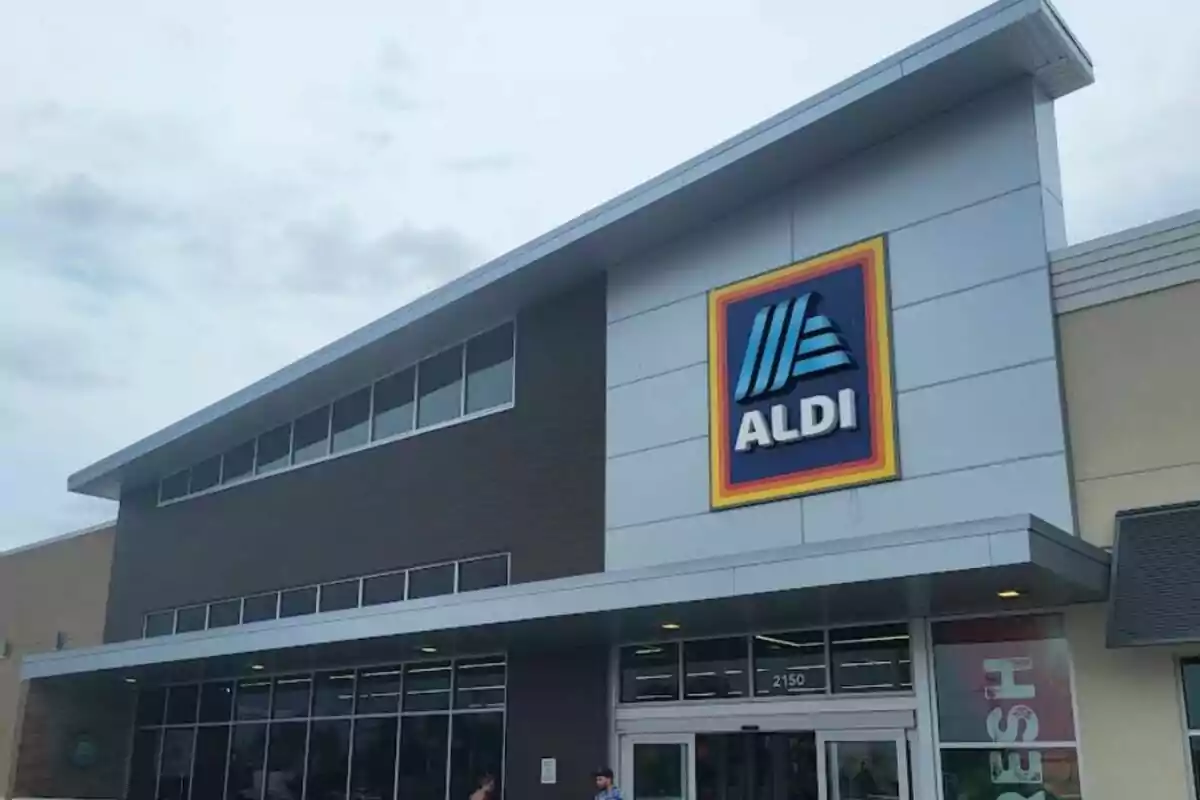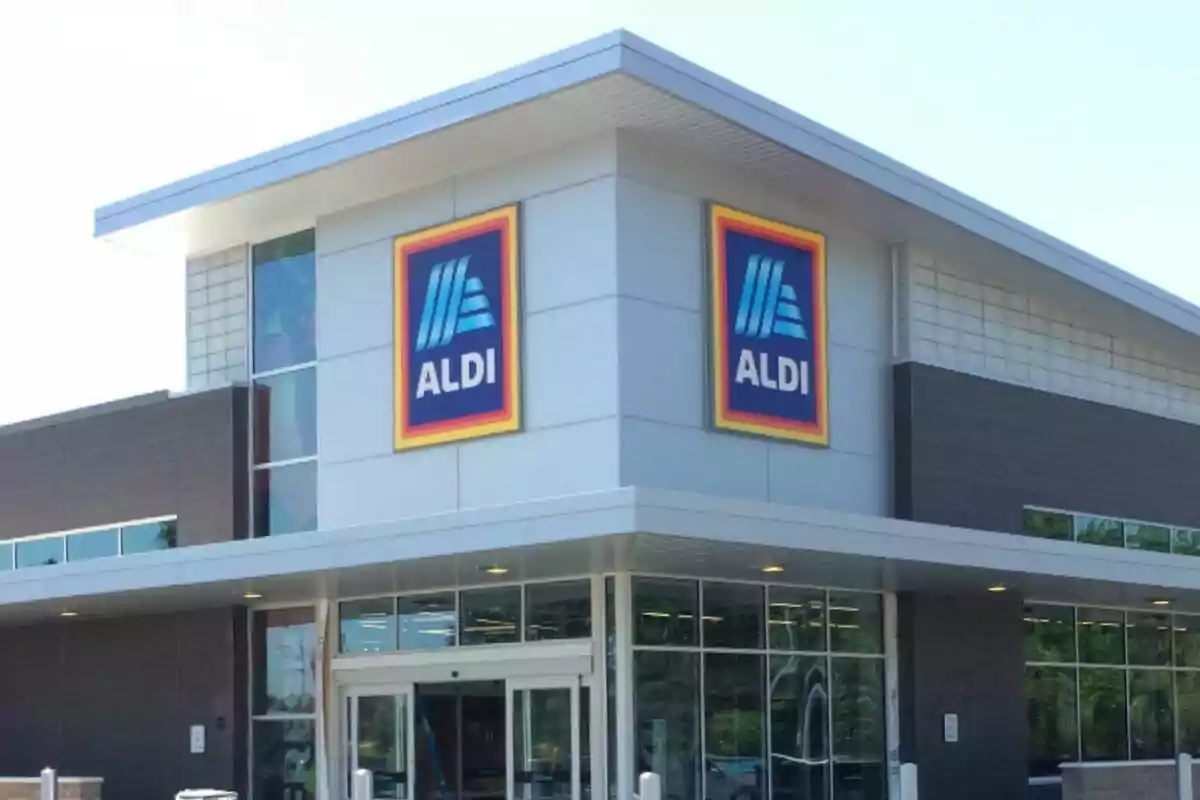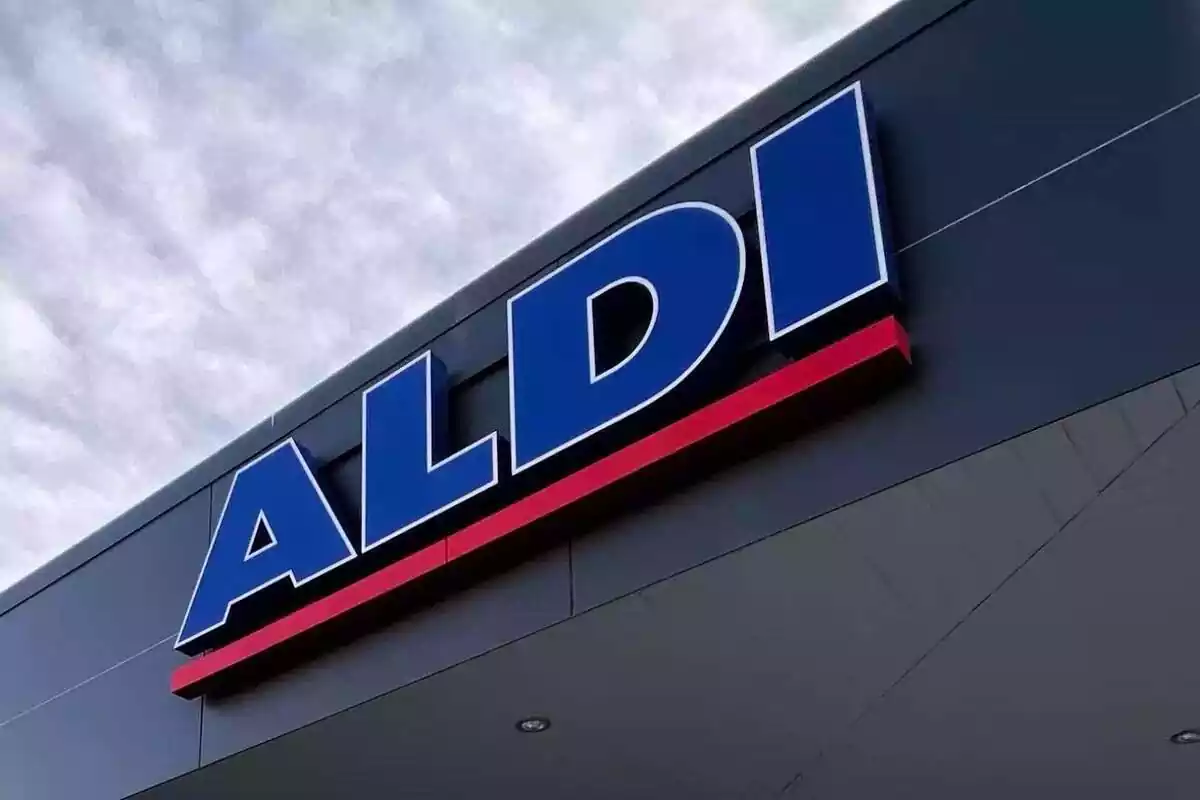Retail in the United States is undergoing a profound transformation. Inflation, changes in consumption, and increasingly aggressive competition are forcing chains to make strategic decisions. In the midst of this uncertain landscape, some brands have decided not to stand still.
One of them is Aldi, which has been strengthening its presence in the United States for years. The German chain has taken another step in its growth strategy. Its latest announcement has set off alarms at giants like Walmart, Target, and Costco.

Aldi Steps on the Gas in the United States and Announces More Than 225 New Openings
Aldi has confirmed that it will open more than 225 stores in the United States during 2025, a figure that doesn't go unnoticed in such a competitive market. The company seeks to take advantage of the economic situation to consolidate its positioning. With this offensive, it aims to become a solid alternative to the sector leaders.
But its plan is not limited to opening new points of sale. Aldi is also preparing to convert 220 Winn-Dixie and Harveys Supermarket stores. This operation will significantly expand its network of stores in the country.
The main focus of this expansion for Aldi will be in the southeastern United States, a very key region due to its population growth and consumption potential. There, the supermarket conversions will be concentrated, which are expected to be completed in 2027. This move reinforces Aldi's strategy of adapting to specific markets with great potential.
Jason Hart, CEO of Aldi, has explained that some stores will retain their original names for a while. This keeps the promise the company made when it acquired Southeastern Grocers. But the ultimate goal is to strengthen Aldi's identity as a leading brand.

Additionally, the company has agreed to sell 170 Winn-Dixie and Harveys locations to a group of investors. Among them are C&S Wholesale Grocers and several members of Southeastern Grocers, who will continue to operate in the sector under other formulas.
Walmart, Target, and Costco Forced to React
Aldi has become a direct competitor that increasingly worries Walmart, Costco, and Target. Its formula, based on low prices, a reduced but effective offering, and a very tight operation, is working better than many expected. More and more American households consider it their go-to option.
Currently, more than one in four families shop at Aldi, a figure that has grown significantly in the last six years. The brand has managed to connect with the average consumer, who seeks quality, savings, and simplicity. Its strategy seems tailor-made for the current context.

Jason Hart made it clear: Aldi wants to become the country's first choice for grocery shopping. In 2022, it already added 120 new stores and surpassed 2,400 branches. At that pace, it has managed to position itself as the third chain with the most stores in the United States.
Aldi's advance has created a new balance of power in retail. Its agile model, strategic presence, and ambition make it a player that is very difficult to ignore. The sector, accustomed to the hegemony of a few brands, is starting to pay close attention to every step the German company takes.
Walmart, Costco, and Target are on alert in the face of this structured growth. The transformation of supermarkets in the southeast is just the first part of a broader plan. Without a doubt, Aldi is building a network that is increasingly difficult to stop.

